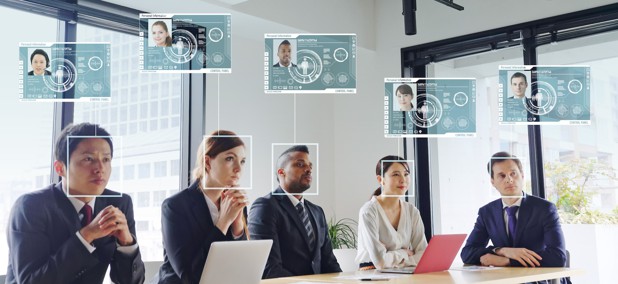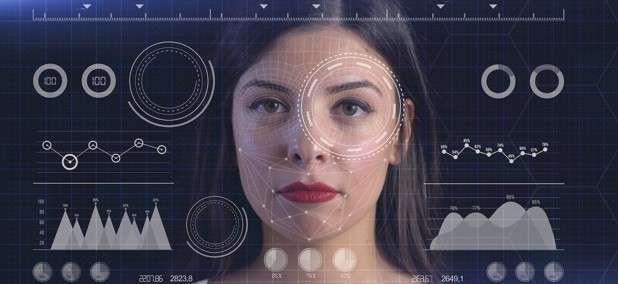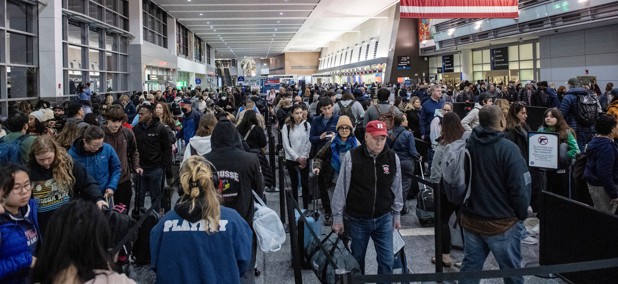Biometrics
CBP expands facial recognition for non-citizens at borders
U.S. citizens can opt out of the facial recognition process, which CBP intends to expand to all air, sea and land ports.
TSA, CLEAR rolling out biometric eGates at 3 U.S. airports ahead of broader deployment
“Once identity and clearance are confirmed, passengers proceed directly to physical screening, bypassing the TSA podium while still undergoing all security screening,” CLEAR said about its new biometric electronic gates.
Your face could soon help AI improve facial recognition technology
Clearview head Hal Lambert has stated that one of the company’s new goals is to get its facial database into the hands of the government, and hopefully land some lucrative government contracts.
Diversion of Security Fee funds from TSA harms screening tech adoption, report warns
One-third of the September 11 Security Fee meant to fund the TSA is being redirected to help reduce the national debt.
DHS watchdog investigating TSA’s use of facial recognition
The review comes after a bipartisan group of senators previously called for the watchdog to look into TSA’s use of biometric tools “from both an authorities and privacy perspective.”
TSA’s facial recognition tech is highly accurate, review says
A DHS analysis found that self-identified Black volunteers who participated in testing of TSA’s biometric tools had the lowest face matching success rate of any demographic group, with an overall accuracy of 98%.
Lawmakers call for a review of TSA’s biometric and AI use
Members of the House Homeland Security Committee are asking GAO to investigate the benefits and potential harms of TSA’s usage of artificial intelligence and biometrics.
Senators call for watchdog to investigate TSA’s use of facial recognition
In a letter to the Department of Homeland Security’s Inspector General, 12 senators warned that the deployment of facial biometrics at every U.S. airport could create “one of the largest federal surveillance databases overnight without authorization from Congress.”
Hill Dems question IRS on identity verification requirements for Direct File
Taxpayers had to go through outsourced identity verification to use Direct File during the last tax season, a level of assurance the lawmakers note is not required for commercial tax prep companies.
GSA's Login to offer face recognition to customer agencies
Agencies using the government-created service will have the option to incorporate new face-matching capabilities or stick with existing offerings.
Exclusive
GSA's identity service on track to meet key standards, program director says
The director of Login.gov says that the federally managed identity service is on track to finally meet an important standard for digital identity verification.
TSA’s biometrics deployment will take 25 years, unless lawmakers end fee diversion, agency head tells Congress
The Transportation Security Administration chief told lawmakers that it will take until 2049 to deploy facial recognition technology at U.S. airports if significant revenue from the 9/11 security fee continues to be diverted away from the agency.
Featured eBooks














































